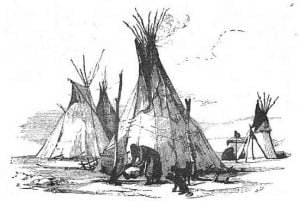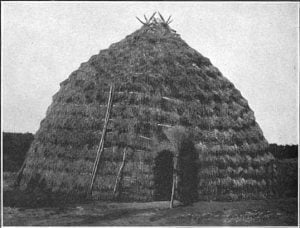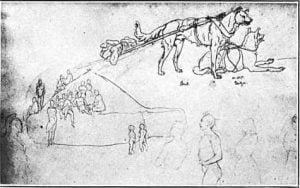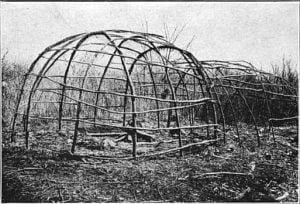Villages of the Quapaw Tribe
This article explores the history and settlements of the Quapaw Tribe, a Siouan group residing near the mouth of the Arkansas River. It traces their journey from the Ohio Valley, citing early French accounts of their villages and customs. The text details their gradual westward migration and eventual decline, referencing explorers’ observations and archaeological evidence of their presence in the Mississippi Valley.














